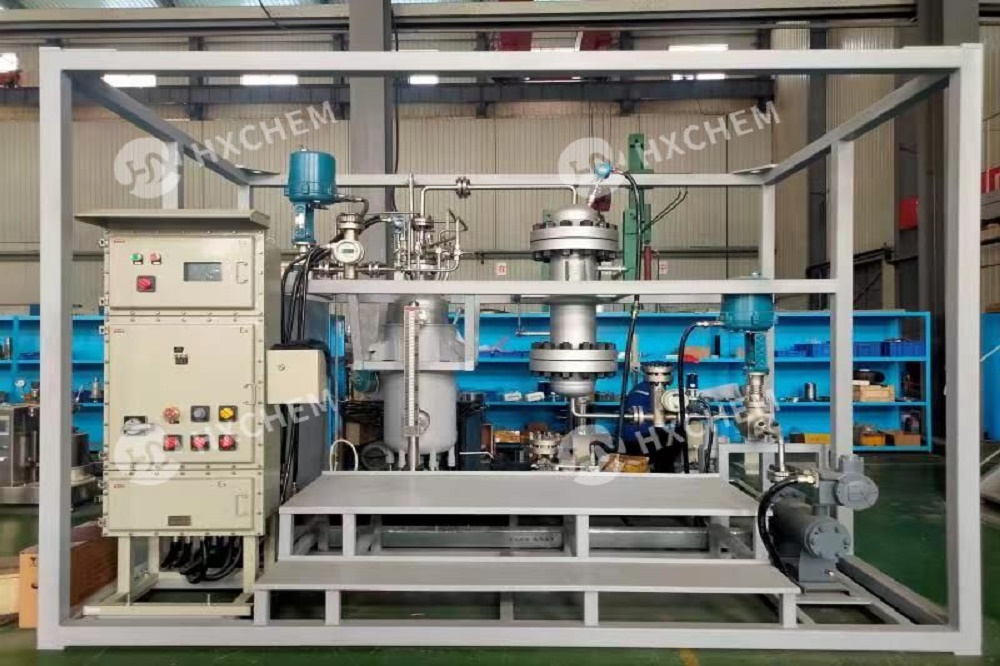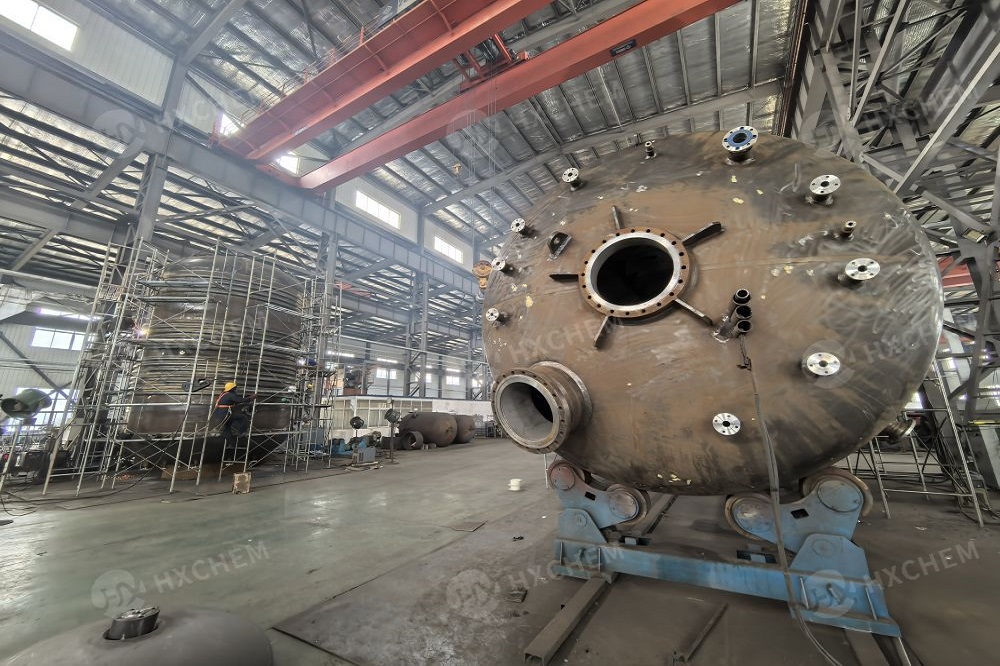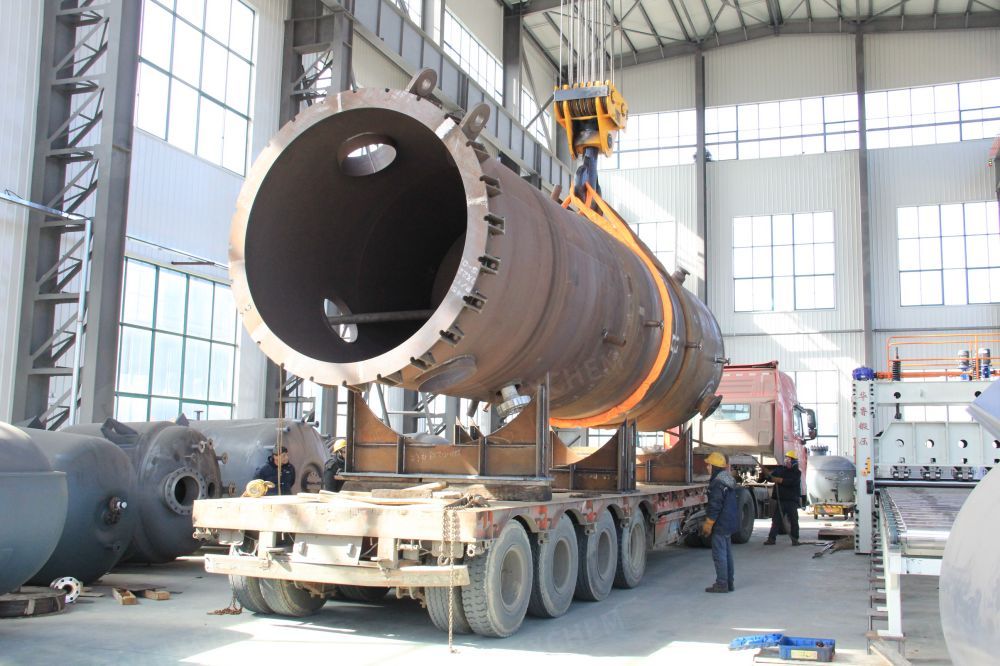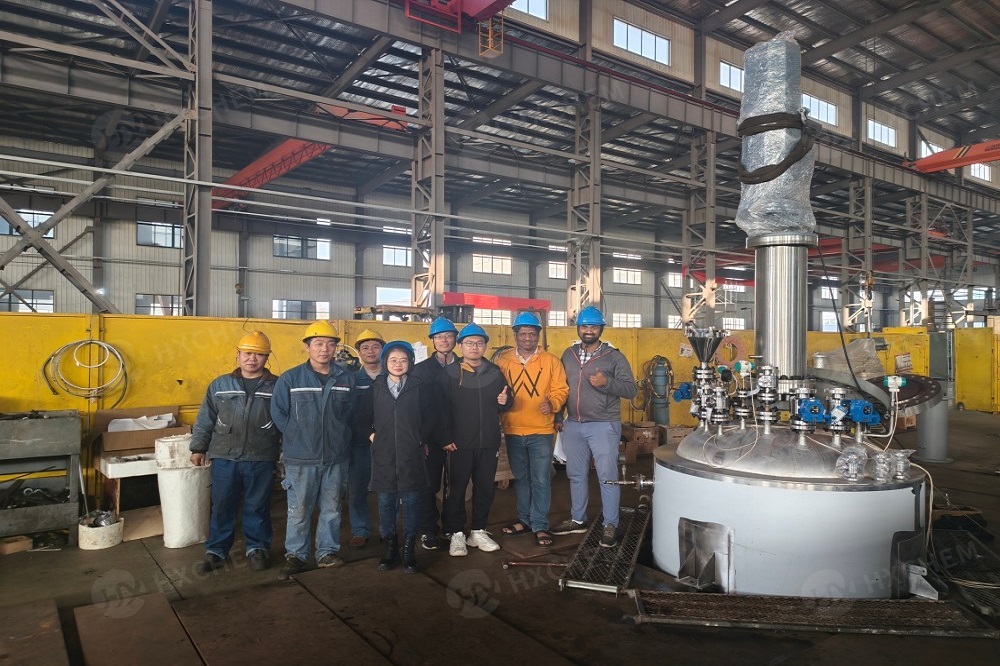Welche Rolle spielt die chemische Industrie bei überkritischen Extraktionsanlagen?
2020-03-05
Diese Anwendung der Industrialisierung überkritischer Flüssigkeiten beweist, dass überkritisches Kohlendioxid im Preis effektiv mit den traditionellen Lebensgrundlagen konkurrieren kann. Andere Reinigungsanwendungen umfassen die Reinigung von Metallteilen, gewerbliche Geschirrspüler und allgemeine Haushaltsreinigungsgeräte.
Using supercritical carbon dioxide, replacing the current dyeing technology of organic solvents for environmental protection, wastewater treatment and the manufacturing cost, there are a lot of advantages. Because of supercritical carbon dioxide fluid, basically is close to gas, the characteristics of the reason for applied to replace the organic liquid, polyester fiber dyeing technology process, there will be no waste problems, it also includes the decline of industrial water, and hazardous industrial waste reduction. The advantages of economy, also includes the increase of production, reduce energy consumption, fiber dyeing technology industrialization application is successful, will enhance the dyeing technology in economic competitiveness, And technology to promote textile industrial process operation, more can effectively reduce the discharge of the wastewater and dyeing time, for the time, energy, environmental protection and cost level, is a big step forward. Therefore, supercritical fluid dyeing technology, will be more efficient, more economical, more environmentally friendly new process. Supercritical fluid dyeing technology research in engineering institute chemical, will lead the new cradle of chemical industry into the era of green chemistry.
Supercritical carbon dioxide, provides the traditional organic solvent used another option. In addition to the advantages in environmental protection, for temperature, pressure, flow rate, reactant concentration and reaction variables as control, which controls the reaction itself more easily, because of easy operation control, and the increase of relative ivity and yield of the reaction. Therefore, the reaction itself can, in less time and space to reduce cost of equipment investment is also a great contribution, for some of the reactants in smaller solubility of carbon dioxide fluid material itself, the main technology to overcome the point is that the formation of emulsion particles (micelle), And its use in the co2 fluid, where the most notable application is dupont's $40 million investment in a new research facility in north Carolina that aims to use supercritical carbon dioxide as a reaction solution to produce fluoropolymer.
For semiconductor wafer polishing etching resistance material and residual material, has been without an effective chemical method to remove, generally must cooperate with several different methods and equipment, such as plasma ashing (Plasmaashing) and wet or dry cleaning, in order to achieve the requirements of the product's quality, the existing wet cleaning method is the use of corrosive sulfuric acid, hydrogen peroxide or organic solvent mixture, these traditional methods will produce large amounts of organic waste liquid, the great impact on the environment. Therefore including famous LosAlamos belonging to the U.S. department of energy national laboratories and other research institutions in various countries, Is also active in the development and utilization of supercritical carbon dioxide treatment technology, to remove the light on the semiconductor wafer resistance material, processing method using the supercritical fluid technology, can effectively in a single cleaning trough, remains on the semiconductor wafer cleaned of impurities, as a result of surface tension and viscosity of supercritical fluid is very low, so it can effectively and quickly, the cleaning solution to below 0.18 mu m fine organization structure, for now, the material removal and its derivatives, the same can be a lot of use, to reduce the harmful solution and reduce the production of waste water, it is more important is to simplify the process and increase production.
Darüber hinaus haben die folgenden chemischen Industrien begonnen, überkritische CO2-Extraktion einzusetzen, um die Produktion von Schadstoffen im Produktionsprozess zu reduzieren:
A. Entfernen von Ölrückständen.
B. Rückgewinnung von Rohöl und Regeneration von Schmieröl.
C. Abtrennung von Kohlenwasserstoffen und Gewinnung von verflüssigtem Kohleöl.
D. Behandlung von Abfallflüssigkeit, die feuerfeste Substanzen enthält.
Artikel kommen aus dem Internet.




